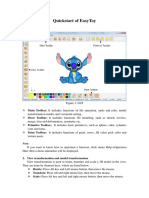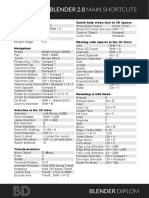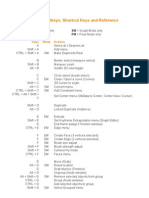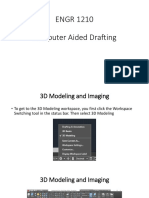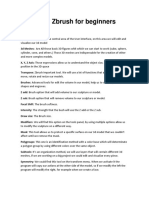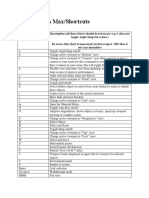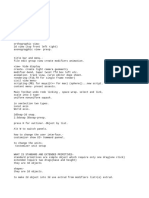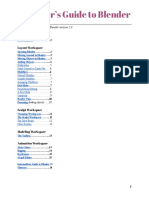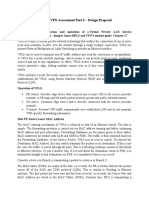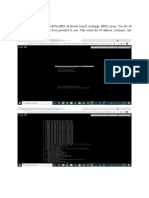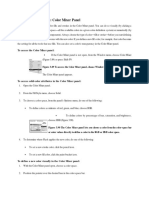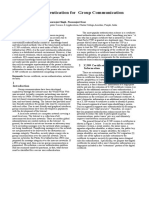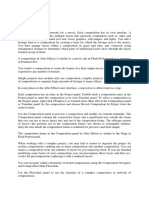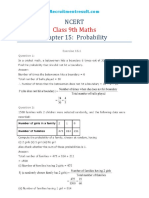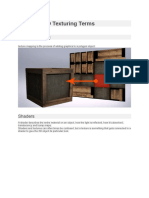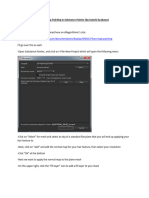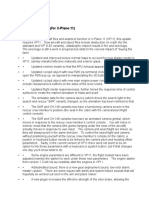0% found this document useful (0 votes)
341 views39 pagesPhotoshop: 3D Object and Camera Tools
The document discusses various tools and techniques for working with 3D models in Photoshop, including:
1) 3D object and camera tools that allow positioning and viewing 3D models and scenes.
2) Tools like Rotate, Pan, and Scale that can manipulate 3D objects, and Rotate, Walk, and Zoom tools for camera movement.
3) The 3D Axis display provides another way to move, rotate, and scale selected 3D items.
4) Layer styles can add effects like Inner Glow for refraction, and layer masking enables lighting effects by darkening duplicate layers.
Uploaded by
Vinod MalikCopyright
© © All Rights Reserved
We take content rights seriously. If you suspect this is your content, claim it here.
Available Formats
Download as DOCX, PDF, TXT or read online on Scribd
0% found this document useful (0 votes)
341 views39 pagesPhotoshop: 3D Object and Camera Tools
The document discusses various tools and techniques for working with 3D models in Photoshop, including:
1) 3D object and camera tools that allow positioning and viewing 3D models and scenes.
2) Tools like Rotate, Pan, and Scale that can manipulate 3D objects, and Rotate, Walk, and Zoom tools for camera movement.
3) The 3D Axis display provides another way to move, rotate, and scale selected 3D items.
4) Layer styles can add effects like Inner Glow for refraction, and layer masking enables lighting effects by darkening duplicate layers.
Uploaded by
Vinod MalikCopyright
© © All Rights Reserved
We take content rights seriously. If you suspect this is your content, claim it here.
Available Formats
Download as DOCX, PDF, TXT or read online on Scribd
/ 39






